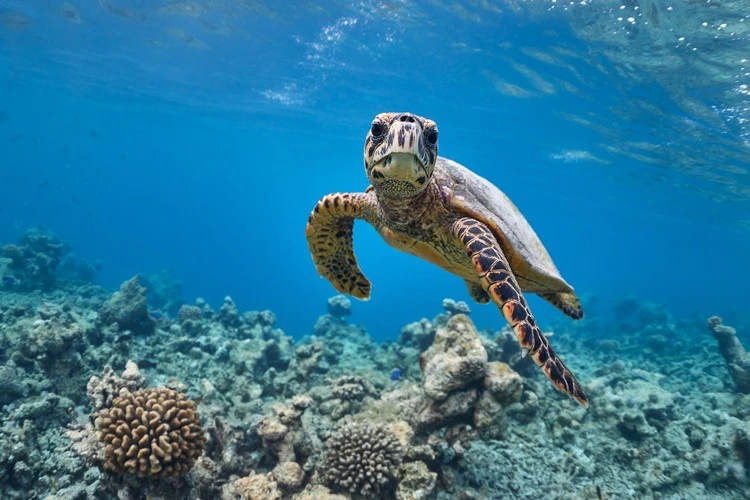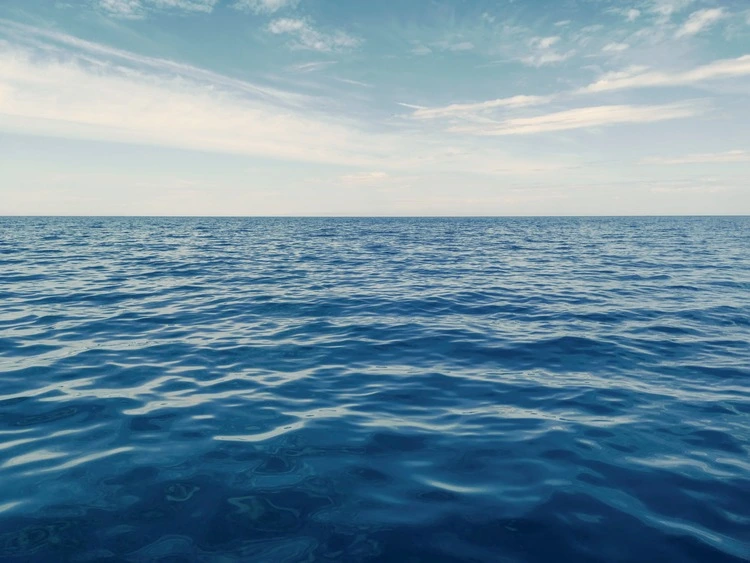
18 countries have ratified Global Ocean Treaty, but 60 nations need to do so before the treaty can come into force. Why has the UK not ratified it?
By
It’s been almost two years since the Global Ocean Treaty was agreed upon. Designed to provide a legal framework for protecting vast areas of the world’s oceans, the treaty will be pivotal in helping governments achieve the 30×30 target – protecting 30 per cent of global oceans by 2030 – which scientists say is the minimum needed for marine ecosystems to recover from harmful human activities.
Enjoying this article? Check out our related reads:
So far, 18 countries – including France, Spain and several island nations such as Palau and the Maldives – have ratified the treaty (a process by which a state formally agrees to be bound by its rules), with more expected to follow before 9 June this year. This date is when the UN Ocean Conference begins, and many states have set this as the deadline for ratification, including the previous UK government.
Once 60 nations ratify the treaty, it will officially come into force 120 days later, as per regulations. As such, getting to this goal in the shortest amount of time is the ideal scenario, particularly with just six years left until 2030.
However, one key nation remains absent from the list of countries ratifying the Global Ocean Treaty, despite being one of the first to indicate its intention to do so: the UK. Without its ratification, the country risks not having a seat at the first Ocean COP, a conference that will be vital in setting ambitious targets for the treaty. That might mean the UK misses out on important conversations about the future of our planet’s oceans and the steps being taken to protect waters globally.
So why is the UK now slow to show its support? According to deputy head of politics at Greenpeace UK, Reshima Sharma, ratifying the treaty is a low-priority task for the current government.

‘The only reason that the Global Ocean Treaty hasn’t already been signed into UK law is because of a lack of prioritisation from this government,’ said Sharma. ‘David Lammy has talked a lot about putting the nature and climate emergency at the heart of foreign policy, but the government hasn’t deemed an historic global agreement on biodiversity to be worthy of action so far.’
‘If our government wants to claim leadership on biodiversity, it must move fast and ratify the treaty before arriving in Nice,’ Sharma continued.
‘The UK should also get on with building support around high seas sites for protection, so that these are ready to present as soon as the Treaty is implemented. Otherwise it’s just empty words and the potential for embarrassment is high.’
Why is the Global Ocean Treaty important?
Currently, the management of global oceans is fragmented. Less than one per cent of the high seas – which comprise almost two-thirds of the world’s oceans – are fully or highly protected from human activities. Because the high seas are defined as regions of the ocean outside nations’ jurisdictions, their management has long taken a backseat prior to the introduction of the treaty, even though they contain huge biodiversity and host vital habitats for many species.
Once it is enacted, the Global Ocean Treaty (also known as the UN High Seas Treaty or Biodiversity Beyond National Jurisdiction Treaty) will place the high seas under significant protection, allowing for major portions to be guarded for the first time in history. Protecting these areas is vital in achieving the 30×30 goal on time.




